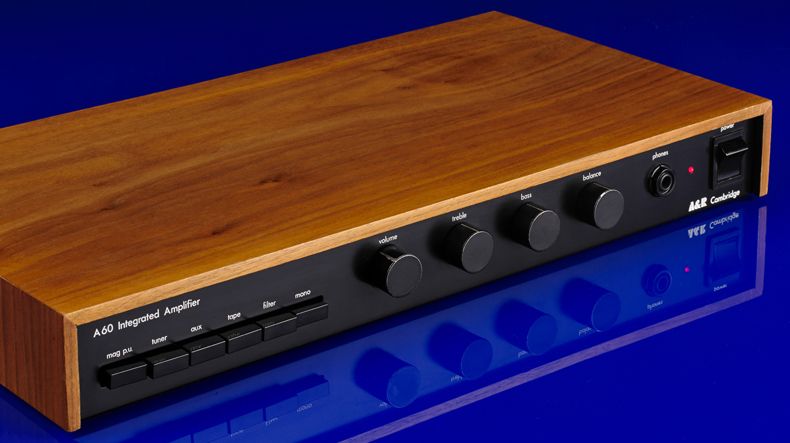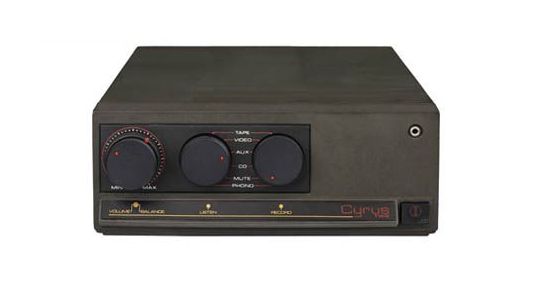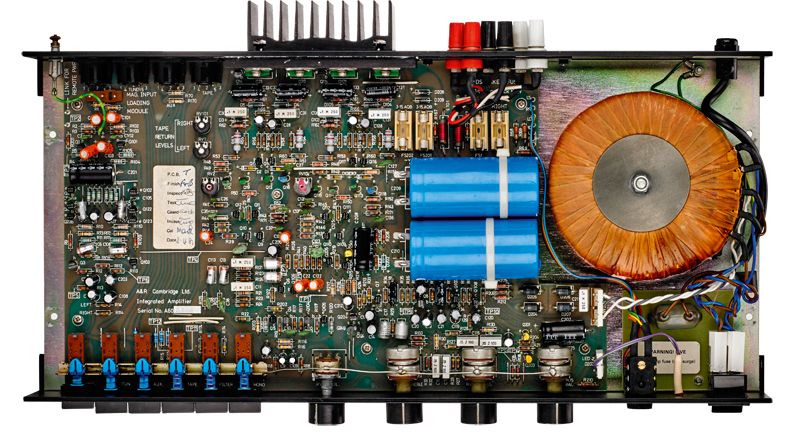How to buy second-hand and vintage hi-fi amplifiers
Avoid these pitfalls, and you won't be disappointed

New amplifiers are great. We test them all the time, and think the very best amplifiers represent excellent value for money. It doesn’t matter whether you’re looking at a starter amplifier or a powerhouse that costs the same as a new car, there are some brilliant performers that will shine in the right system.
But then we take a look at the prices of second-hand amplifiers and get seriously tempted. There are some absolute bargains out there, and provided you do your research you can pick up a top performer for far less money than a new model.
You can expect to save around 30% on a product that’s a year old and that raises to around 50% for something that’s closer to three years old. Once products get older than that, the price charged is determined by demand and condition as much as anything else. Have a good look around at similar products to get an idea of the price you should be paying. In the end, something is only worth whatever someone will pay for it. Don’t be shy about haggling either.
Making the right choice

Second-hand amplifiers have become increasingly popular as people look to buy revered products from the likes of McIntosh, Quad and Yamaha, and vintage valve amplifiers. But what if you've not got something specific in mind?
In an ideal world you should never buy something without hearing it. Just because you find something for sale at a good discount that doesn’t make it a good buy. Start with the basics. Does the amplifier have all the features you need? There’s no point in buying a purist unit such as a Cyrus Two if you need something with tone controls and a remote.
Equally, will the amplifier fit into your system? If you have insensitive speakers can it drive them comfortably? In most cases an amplifier with an output of around 50-watts per channel will work just fine, unless you have a very large room or like to listen at high volume levels. Let’s not forget the biggest question of all, do you like the way it sounds?
The buying process

If you’re buying new, the solution to the last question is simple. Just go to a dealer and have a listen, ideally with your speakers or at least something similar. This way you’ll get a good idea whether the sonic character appeals. Unless you’re buying the second-hand unit from a shop, this isn’t really an option. In such cases you’ll have to lean heavily on reviews and then hope for the best. It’s a major downside of buying second hand.
The latest hi-fi, home cinema and tech news, reviews, buying advice and deals, direct to your inbox.
Even if you can have a listen with a private seller, it would be very hard to decide whether the sound is right for you. The seller is likely to have totally different gear, possibly kit you’ve never heard, and that makes the task of isolating the character of the amplifier pretty hard. The most you can get out of such a situation is to check whether the amplifier works properly.
Can it be serviced?

Other than sound quality, you can get a good idea of condition when auditioning the amplifier. Check the casework for scratches and other damage. It’s also worth trying every button to check they work properly. Such things may prove hard and expensive to repair in the long run.
Listen out for any unexpected noises when you work the volume, tone and balance controls, as well as any switches. This would point to dirt getting into the mechanism. Other than that, amplifiers tend to be tough things that can last for decades if cared for properly.
If you're looking at a vintage amplifier that’s old enough to vote then it’s worth contacting the manufacturer to see if they can still service it. All good specialist brands should be able to do this.
Depending on the unit’s age you may be looking at replacing all the capacitors in the circuit, and this could prove expensive. But it’s worth doing to optimise reliability and performance, particularly if you intend to use the product for a while. Other internal components will tend to have far longer lives and aren’t worth worrying about.
If the manufacturer no longer supports the product, then it might be worth considering walking away and buying something made by a company that does.
If you’re buying a second-hand amplifier online, check whether the seller has the original packaging. This way the product is less likely to get damaged when shipped. Also, ask the seller plenty of questions about the product, it’s condition and the reason they’re selling it.
Ask for extra pictures if the ones shown aren’t clear enough. It may be worth finding out about the rest of the person’s system – if they care enough about assembling a good system the chances are that they’ve taken care of the product.
If the seller is a dealer then ask about warranty and returns policies, just in case things don’t work out. Buy privately and you’re likely to get a better price but not the safety net.
Take all these things into account and the chances are that you’ll get the right product at a good price price. Happy hunting!

Ketan Bharadia is the Technical Editor of What Hi-Fi? He has been reviewing hi-fi, TV and home cinema equipment for almost three decades and has covered thousands of products over that time. Ketan works across the What Hi-Fi? brand including the website and magazine. His background is based in electronic and mechanical engineering.
